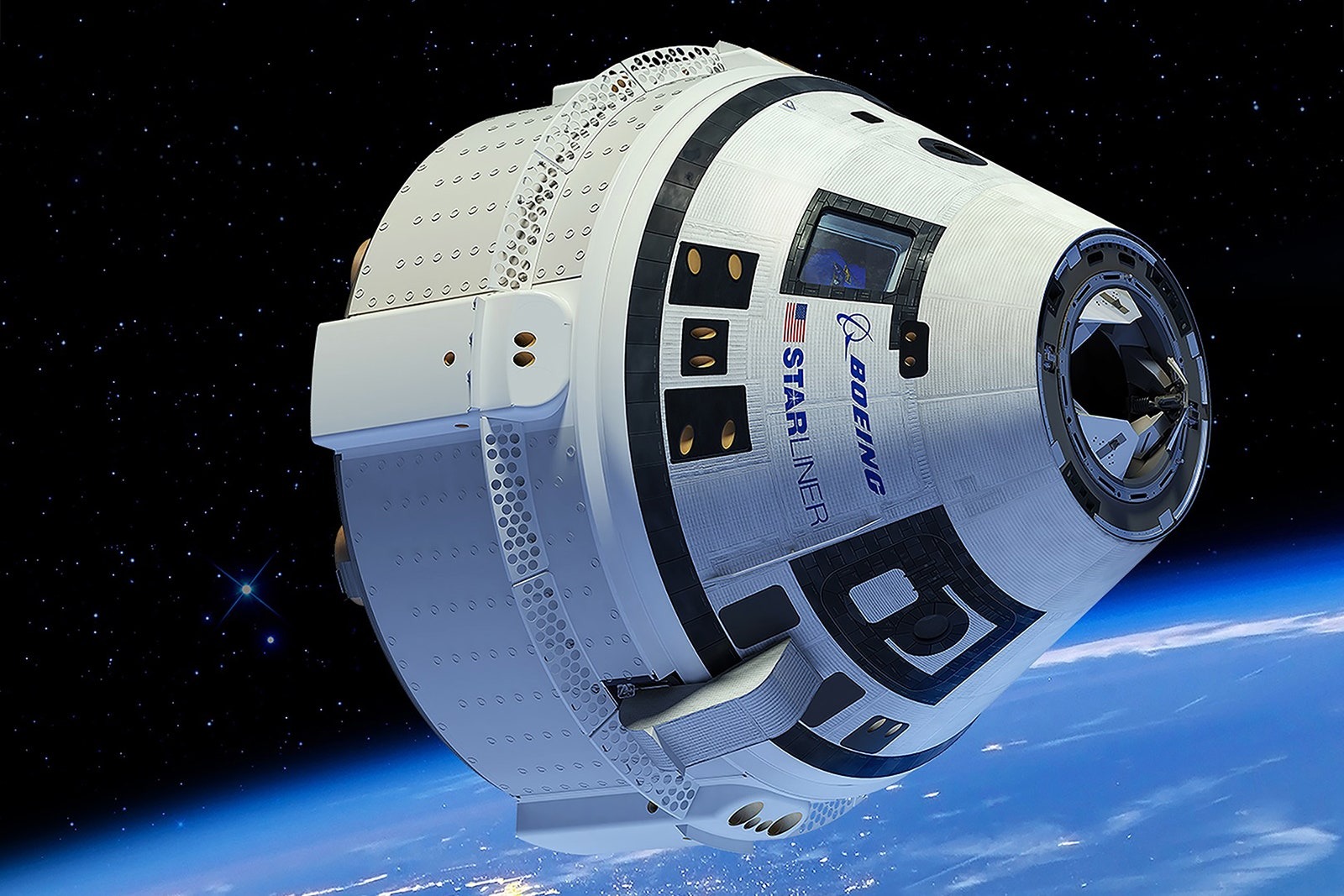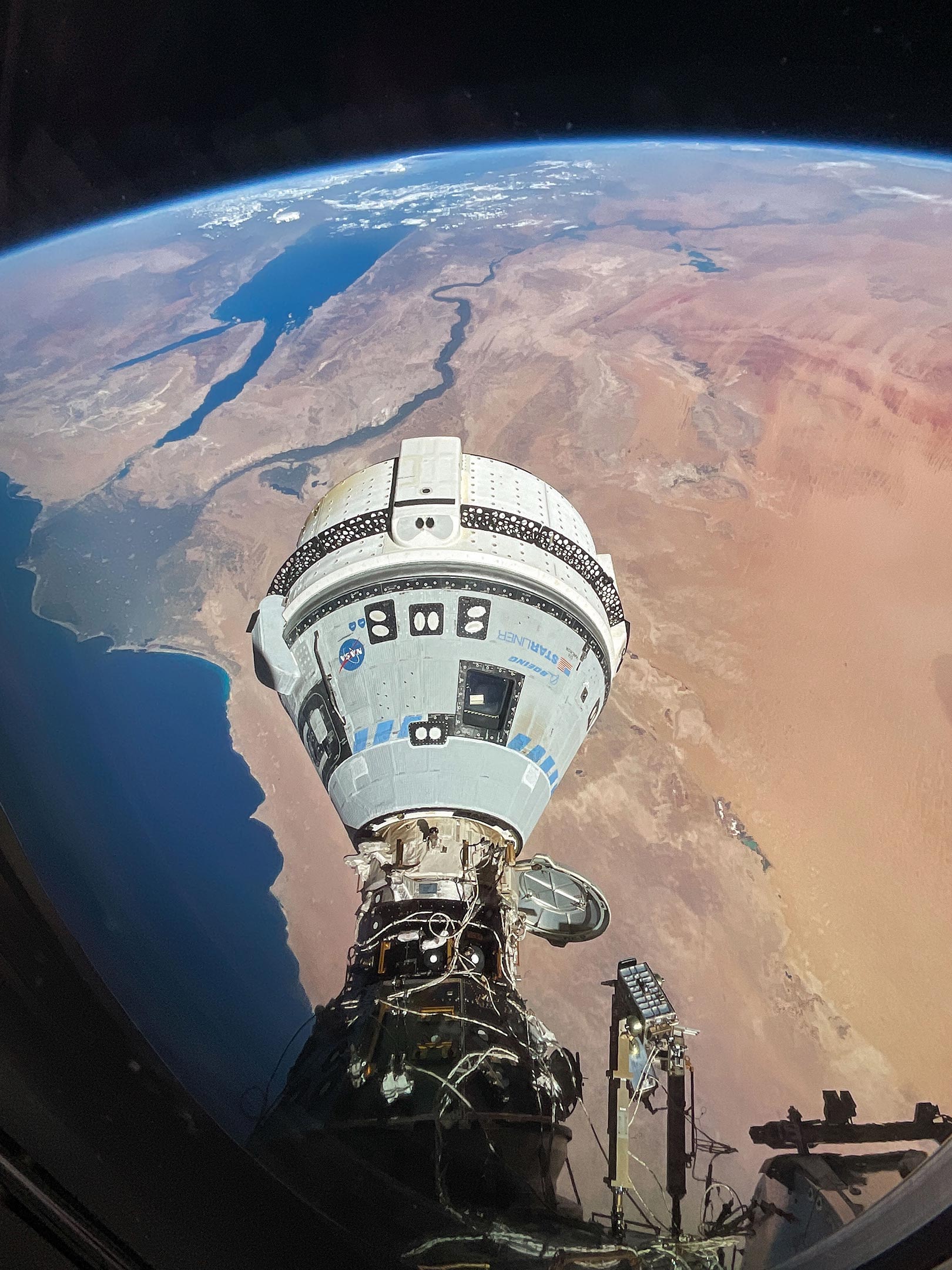NASA has decided to return the Boeing Starliner spacecraft to Earth in automatic mode without astronauts Butch Wilmore and Sunny Williams. This decision will help collect additional data to test Starliner during its return without exposing the crew to unnecessary risk.

The astronauts, who arrived at the ISS in June, were trapped in orbit due to engine problems and helium leaking through “holes.” In order to avoid risk, the crew will be rescued on another spacecraft. NASA Administrator Bill Nelson emphasized that a test flight was inherently neither safe nor routine. Therefore, the decision to return the Starliner without crew is based on the priority of safety.
8 months in orbit instead of 8 days
Wilmore and Williams will remain on the ISS until February 2025, after which they will return to Earth on the Dragon spacecraft along with members of SpaceX’s Crew-9 mission. And Starliner will make an autonomous return to Earth earlier – in September.

On June 6, technical problems were discovered with the Starliner during its approach to the station. NASA and Boeing engineers conducted a series of tests and analyses that found it failed to meet safety standards for human spaceflight. This led to the decision to change plans and move the astronauts to an extended mission on the ISS.
Starliner should free up space
NASA will continue to collect data about Starliner during its unmanned return, and it works with Boeing to complete the mission. The spacecraft should return for the launch of the Crew-9 mission to free up a docking port on the station.
The SpaceX Crew-9 mission, scheduled for September 24, will be the ninth rotational mission to the ISS under NASA’s Commercial Flight Program, which aims to provide reliable and cost-effective transportation of humans to orbit.
For more than two decades, the ISS has remained an important site for scientific research and testing of new technologies. The station helps NASA prepare for future missions to Mars, while commercial companies focus on providing space transportation services in low-Earth orbit, supporting sustainable space exploration.
We previously reported on how Starliner astronauts found inspiration in space gardening.
According to NASA


